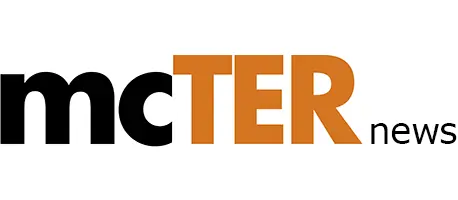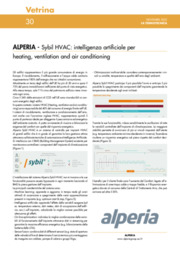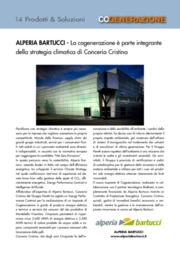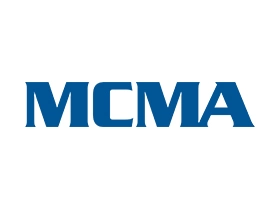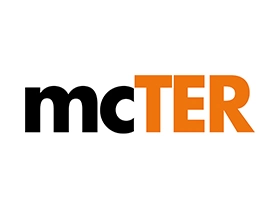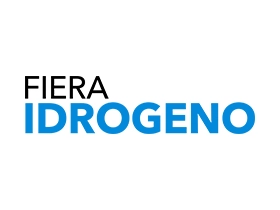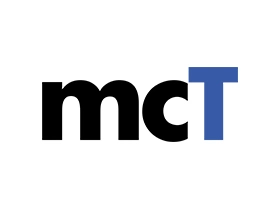Algoritmi basati sull'intelligenza artificiale applicati ai sistemi HVAC per il controllo ottimale negli edifici
Filippo Bernardello - Alperia Green Future
Presentazione in lingua inglese
Artificial Intelligence-based algorithms applied to HVAC systems for the optimal control in buildings
How can we improve a building's efficiency?
- Data collection, data cleaning and transformation, data selection, data mining and providing high quality data to the optimization algorithms.
- Perform indirect saving actions as well as direct saving actions.
- Merging all the different silos of information within the building to achieve a global optimum.
- Efficiency hasn't got a fixed and clear finish line; efficiency is a continuous process.
Generator modulation optimization logic
- A non-optimized plant is often managed manually at a constant set-point (SP) during the operation time.
- The "Generator Modulation" logic introduces a modulation of the supply temperature on the generation side (heat pumps, boilers, etc.), subject to the constraint of guaranteeing users' comfort.
- This constraint is respected by always satisfying the highest thermal load of each thermal zone, which is identified online thanks to a virtual sensor based on process parameters.
AHU Coils Balancing and Optimization (winter)
- The AHU coils balancing control is a model-free on-line multivariable optimization algorithm which continuously changes the pre-heating temperature set-point to minimize the overall thermal load in a AHU in the winter time operation.
? The goal is to minimize to sum of all the opening for the preheating and post heating coil valves in the AHU while considering as boundaries the desired output set point for the AHUs supply air after the post heating
Case study: retrofitted office building
Head-quarters of a prominent Italian publishing company, 10 above-ground floors and two basement levels, with a total area of 15,877 square meters. Post-renovation, the building attained A+ energy class rating and secured LEED GOLD.
HVAC system:
- 3 reversible heat pumps
- 7 boilers,
- approximately 220 ceiling-mounted fan coil units operating on a 4-pipe system for heating and cooling.
Continue in PDF (continua nel PDF)
- Data collection, data cleaning and transformation, data selection, data mining and providing high quality data to the optimization algorithms.
- Perform indirect saving actions as well as direct saving actions.
- Merging all the different silos of information within the building to achieve a global optimum.
- Efficiency hasn't got a fixed and clear finish line; efficiency is a continuous process.
Generator modulation optimization logic
- A non-optimized plant is often managed manually at a constant set-point (SP) during the operation time.
- The "Generator Modulation" logic introduces a modulation of the supply temperature on the generation side (heat pumps, boilers, etc.), subject to the constraint of guaranteeing users' comfort.
- This constraint is respected by always satisfying the highest thermal load of each thermal zone, which is identified online thanks to a virtual sensor based on process parameters.
AHU Coils Balancing and Optimization (winter)
- The AHU coils balancing control is a model-free on-line multivariable optimization algorithm which continuously changes the pre-heating temperature set-point to minimize the overall thermal load in a AHU in the winter time operation.
? The goal is to minimize to sum of all the opening for the preheating and post heating coil valves in the AHU while considering as boundaries the desired output set point for the AHUs supply air after the post heating
Case study: retrofitted office building
Head-quarters of a prominent Italian publishing company, 10 above-ground floors and two basement levels, with a total area of 15,877 square meters. Post-renovation, the building attained A+ energy class rating and secured LEED GOLD.
HVAC system:
- 3 reversible heat pumps
- 7 boilers,
- approximately 220 ceiling-mounted fan coil units operating on a 4-pipe system for heating and cooling.
Continue in PDF (continua nel PDF)
Fonte: SAVE ottobre 2024 Smart Building: un paradigma in continua evoluzione
Mercati: Aria e Gas
Parole chiave: HVAC, Smart building
- Massimiliano Vessi
- Mefa Italia
- Armstrong Fluid Technology
 English
English
